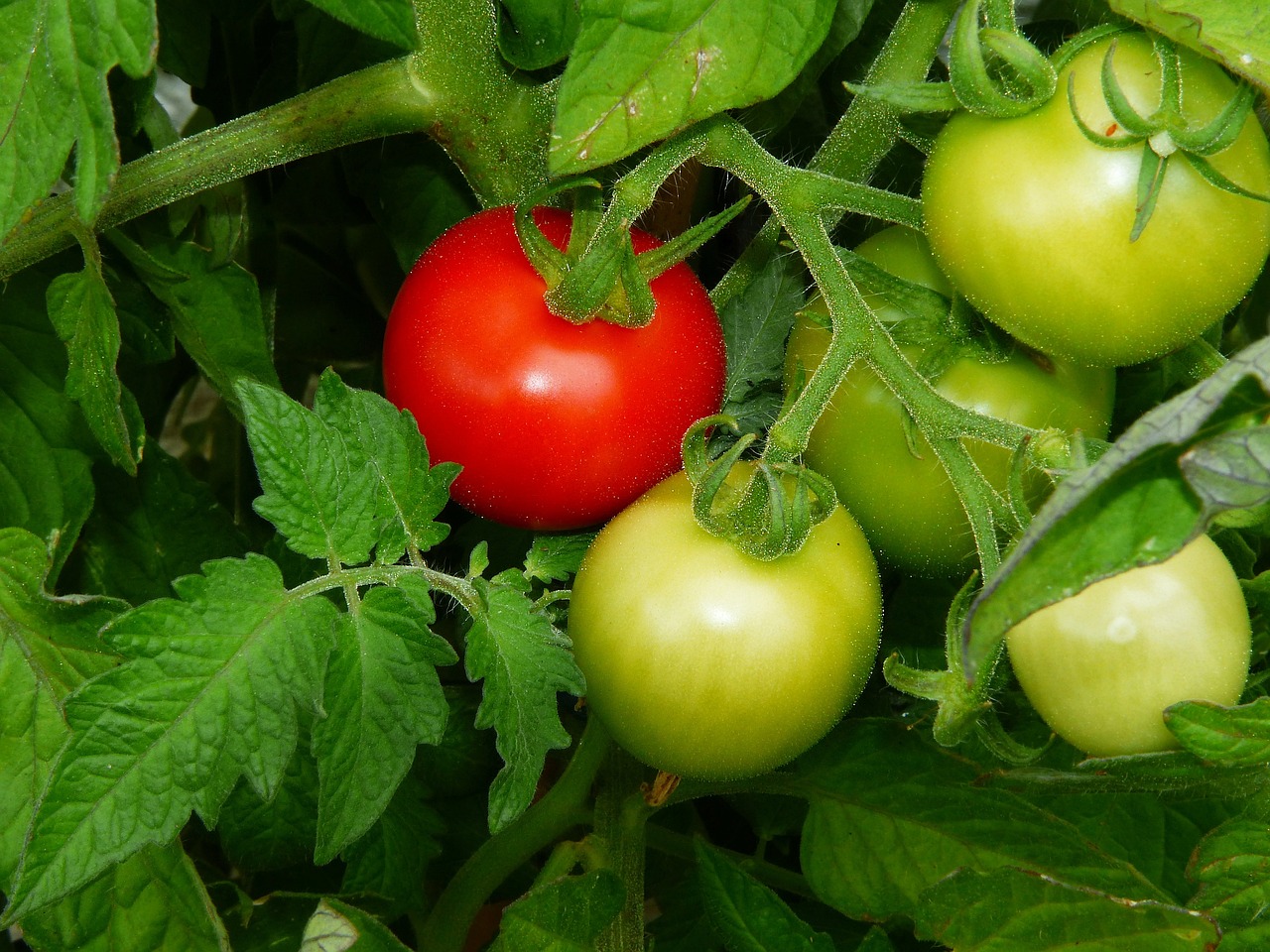
Finding the right companions for your plants can make all the difference in terms of growth, productivity, and overall health. When it comes to cherry tomatoes, selecting the right companion plants can enhance their flavor, deter pests, and promote a thriving garden ecosystem. In this article, we will explore 10 excellent companion plants that can complement your cherry tomatoes and contribute to a successful vegetable garden.
This post may have affiliate links. This means that sometimes when you click a link on our site and make a purchase on Amazon, we may earn a small commission at no additional cost to you. We only recommend products we truly believe in, and your support helps keep us running!
10 Good Companion Plants for Cherry Tomatoes in Your Veggie Garden
1. Radishes:
Soil Aeration: Radishes break up compacted soil with their deep taproots, improving soil structure and nutrient uptake for cherry tomatoes.
Pest Control: Attract beneficial insects like ladybugs, which feed on aphids and other pests harmful to cherry tomatoes.
Trap Cropping: Serve as trap crops, diverting pests away from cherry tomatoes and minimizing damage.
Practical Tip: Plant radishes in between rows of cherry tomatoes for maximum benefits.
2. Cucumbers:
Air Circulation: Improve air circulation and reduce humidity levels, preventing fungal diseases like powdery mildew.
Shade: Provide valuable shade for cherry tomatoes, reducing the risk of sunscald on fruits.
Vertical Support: Serve as natural trellises for cherry tomato vines, minimizing ground contact.
Practical Tip: Train cucumber vines to climb trellises or stakes to maximize space and support.
3. Spinach
Moisture Retention: Keep the soil moist and cool while suppressing weed growth as a living mulch.
Practical Tip: Interplant spinach between cherry tomato rows or in shady areas to conserve moisture.
4. Chives
Disease Prevention: Possess natural fungicidal properties, helping prevent fungal diseases like early blight.
Pollinator Attraction: Attract pollinators with purple blossoms, ensuring abundant fruit set for cherry tomatoes.
Practical Tip: Plant chives along garden borders or in clusters near cherry tomato plants.
5. Garlic
Pest Deterrence: Deter pests like aphids, spider mites, and whiteflies while improving overall plant health.
Practical Tip: Intercrop garlic between cherry tomato plants or along garden edges for pest control.
6. Calendula
Disease Resistance: Possess natural antifungal and antibacterial properties, aiding in disease prevention.
Aesthetic Appeal: Enhance garden aesthetics with vibrant blooms while supporting cherry tomato health.
Practical Tip: Include calendula in companion planting schemes or as border plants for added beauty and functionality.
7. Tansy
Insect Repellent: Deter harmful insects like ants, cucumber beetles, and Japanese beetles with strong insect-repellent properties.
Companion Planting: Plant tansy alongside cherry tomatoes or other susceptible crops to minimize pest damage.
Practical Tip: Grow tansy in containers or designated areas to control its spread in the garden.
8. Nettle
Nutrient Accumulation: Act as nutrient accumulators, drawing up nutrients from deep soil layers for neighboring plants like cherry tomatoes.
Foliar Spray: Make nettle tea from steeped leaves for use as a nutrient-rich foliar spray to boost tomato growth.
Practical Tip: Use gloves when handling nettle to avoid skin irritation from stinging hairs.
9. Dill
Beneficial Insects: Attract beneficial insects like wasps and predatory beetles, aiding in natural pest control.
Companion Planting: Plant dill near cherry tomatoes to deter aphids, hornworms, and other harmful insects.
Practical Tip: Allow some dill plants to flower to provide nectar for beneficial insects.
10. Basil
Pest Repellent: Repel pests like aphids, mosquitoes, and flies with aromatic leaves while enhancing tomato flavor.
Companion Planting: Pair basil with cherry tomatoes for mutual benefits in pest management and flavor enhancement.
Practical Tip: Pinch off basil flowers to promote leaf growth and prolong harvests.
FAQs: Companion Planting for Cherry Tomatoes
How should I arrange companion plants in my cherry tomato garden?
Companion plants can be interplanted among cherry tomatoes or grown in adjacent rows or clusters within the garden. Consider factors such as plant spacing, sunlight requirements, and growth habits when planning the arrangement. Experiment with different layouts to maximize the benefits of companion planting.
Will companion planting attract pests or diseases to my cherry tomato plants?
While companion planting can help deter pests and prevent diseases, it’s essential to monitor the garden regularly for signs of pest infestations or diseases. Promptly address any issues through cultural practices, organic pest control methods, or disease-resistant plant varieties to maintain a healthy garden environment.
Can I companion plant cherry tomatoes with other vegetables or herbs?
Yes, cherry tomatoes can be companion planted with a wide range of vegetables, herbs, and flowers to create diverse and resilient garden ecosystems. Consider plants with complementary characteristics, such as similar water and nutrient requirements, compatible growth habits, and mutually beneficial interactions.
How do I maintain companion plants alongside cherry tomatoes throughout the growing season?
Provide adequate water, sunlight, and nutrients to support the growth of companion plants alongside cherry tomatoes. Monitor for signs of competition, such as overcrowding or nutrient depletion, and adjust planting arrangements or cultural practices as needed to ensure optimal plant health and productivity.
Where can I find more information about companion planting and gardening tips?
Explore gardening books, online resources, forums, and local gardening communities for valuable information and tips on companion planting, organic gardening practices, and specific topics related to cherry tomato cultivation. Experiment, observe, and learn from your gardening experiences to refine your skills and techniques over time.
